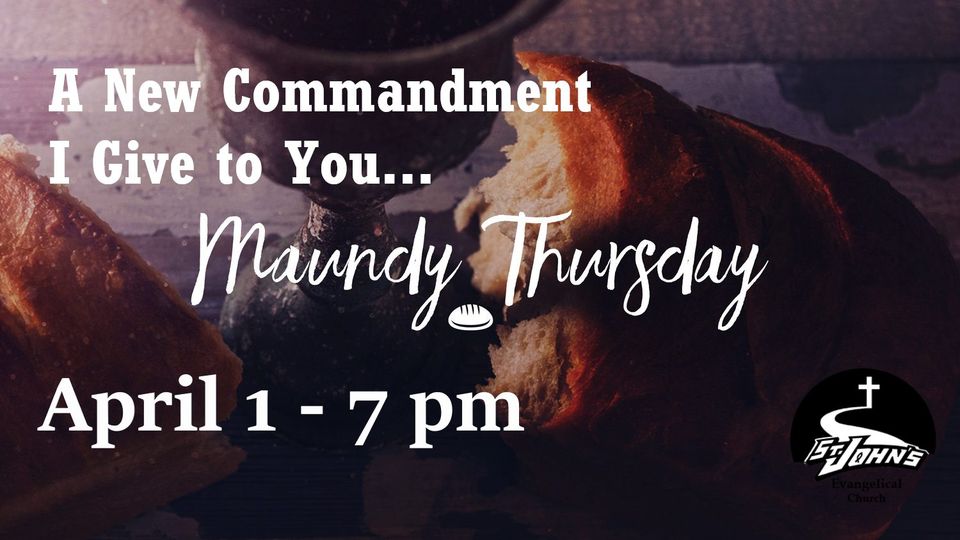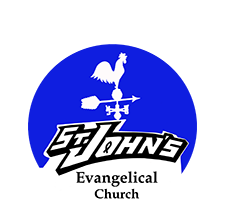Maundy Thursday Service

“Thursday of the Lord’s Supper”
The celebration of Maundy Thursday goes back at least to the fourth century, when pilgrims on their way to Jerusalem are known to have marked the Last Supper and other events of Passion Week with special services at holy sites. As the idea of such Passion Week or Holy Week celebrations spread to other areas, various local rites and customs were incorporated into the Maundy Thursday celebration. Doubtless the best-known of these customs is foot washing, an old monastic exercise inspired by Christ’s example in the upper room and associated with the “new commandment” of love recorded in John 14 (hence the familiar name Maundy Thursday, “maundy” being an English corruption, via French, of the Latin mandatum: “commandment”).
Various traditions know the day by different names: Holy Thursday, Great Thursday, or even Green Thursday. In the Middle Ages, Christians officially called the day the “Thursday of the Lord’s Supper,” and this ancient designation is still the most descriptive. The central focus of Maundy Thursday worship has always been the upper room, where Jesus on the night of his arrest, sat at the table with his disciples and instituted a solemn memorial of His new covenant through the broken bread and shared cup of his supper. Jesus took the elements from the Passover and imbued them with new meaning.

